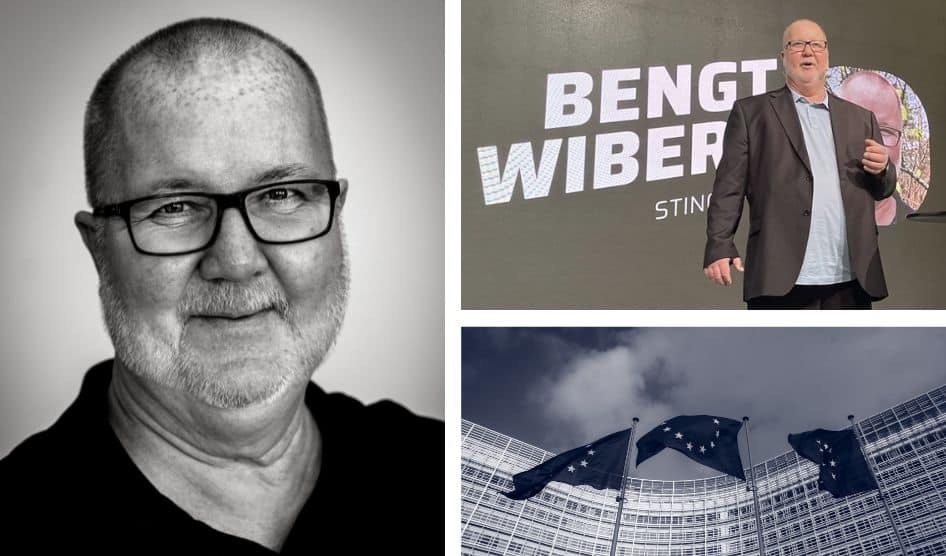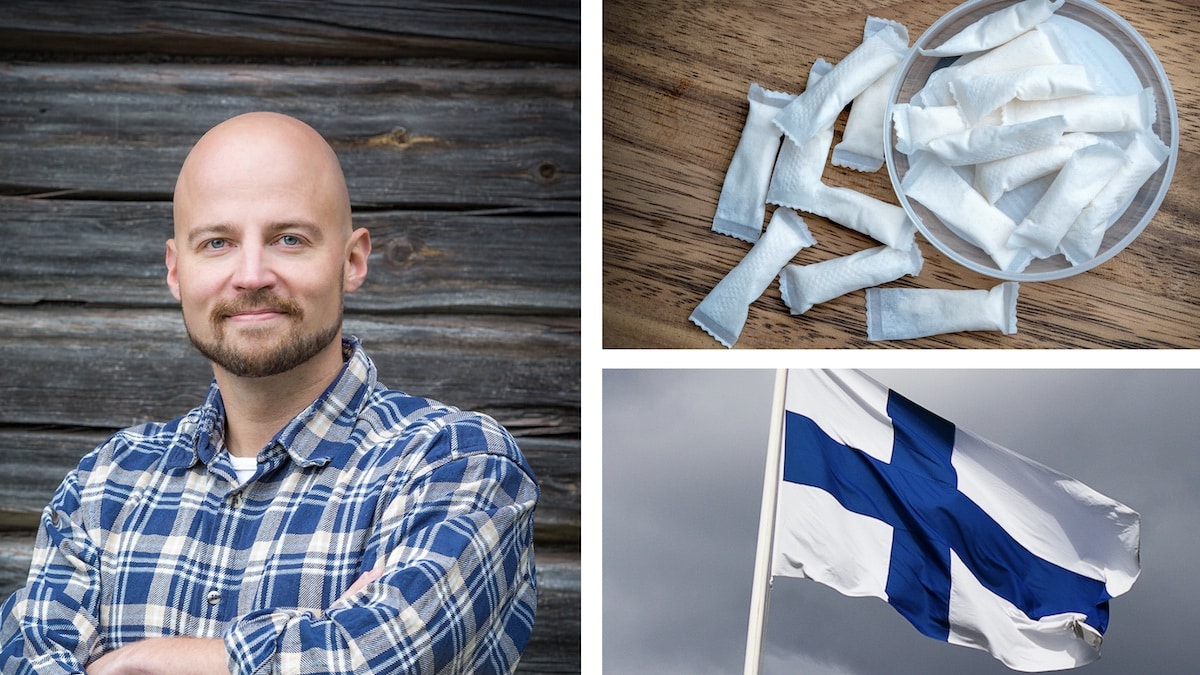
5 things we’d like to see happen at WHO COP9 – but probably won’t
Ahead of the WHO COP9 meetings, check out the Snusforumet wish list of possible events, developments, and decisions that we’d like to see happen when it comes to the FCTC and tobacco harm reduction. But we won’t hold our breath – and neither should you. #snussatire
After a series of delays and less than encouraging news about the agenda for the WHO COP9 meetings, it’s finally time for the shadowy powers that be to gather (virtually) for anything-but-fruitful discussions about how to best tackle the world’s persistent smoking problem.
The FCTC was born roughly 20 years ago “to protect present and future generations from the devastating health, social, environmental and economic consequences of tobacco consumption and exposure to tobacco smoke”.
At the time, there were around 1.1 billion smokers in the world. And after 20 years of hard work guided by the FCTC the world now only has…1.1 billion smokers.
In the intervening years, a host of new nicotine and tobacco products have emerged, all of which greatly reduced risk profiles when compared to combustible cigarettes. Not to mention Swedish snus, which has been around for more than a century and has helped Sweden become virtually smoke-free.
Snus has also helped Norway cut its smoking rate, and there is evidence that heat-not-burn products have helped smokers drop the habit in Japan. And less than a week ago the UK announced that it would soon allow physicians to prescribe e-cigarettes as a part of smoking cessation treatment.
With so much nicotine product innovation since the FCTC first emerged, the WHO COP9 meetings present a golden opportunity to review and update the convention to make it easier for more countries to follow the lead of other tobacco harm reduction pioneers.
So rather than restrict ourselves to the disappointing reality of what is likely to happen at COP9 (yawn), we’ve instead taken the liberty to lay out our own tobacco harm reduction wish list: five things we’d like to see happen at COP9 – but probably won’t.
- Clive Bates and his group of 100 tobacco harm reduction experts are granted observer status for COP10
The “group of 100” laid out a set of sensible recommendations for the WHO, generating plaudits and enthusiasm in harm reduction circles. From the WHO itself? Crickets. Not surprising, but boy we’d love to see what would happen if Bates and his mates had a chance to talk some sense to WHO bureaucrats at COP10 in 2023? We can always dream.
- A new WHO consensus position emerges on the positive effects of new nicotine products
Sure, the WHO has already said that discussion of new nicotine products like e-cigarettes and nicotine pouches is off the table for COP9. Because, ya know, there is SO much else to talk about when it comes to tobacco policy and nicotine regulations. We get it. Not. But maybe the real reason isn’t that they are trying to avoid having the debate. Maybe it’s because those almighty bureaucrats have already come to a backroom agreement that vaping and pouches are a-okay. So no debate needed.
- The delegation from Sweden brags about the country’s success reducing smoking rates thanks to snus
Those shy and self-effacing Swedes have the BEST (and most comprehensive) tobacco harm reduction story to tell – hands down. But for some reason, they’ve been reluctant to own and promote this narrative of success. So imagine the scene if, after a few shots of liquid courage, the Swedes dared to shout from the rooftops about how their exceptional smokeless tobacco product – snus – has helped the country achieve the EU’s lowest smoking rate and lowest tobacco mortality rates. Imagine a world with no snus bans and where tobacco usage patterns matched Sweden’s? My, what a wonderful world it would be.
- China’s state tobacco monopoly unveils plans to go combustion-free by 2050
China is home to nearly one-third of the world’s smokers – roughly 300 million (not even the WHO disputes this fact). So is it any wonder that the China National Tobacco Corporation – the state-owned monopoly – is also the world’s largest tobacco manufacturer? Funny thing is, the WHO seems largely unaware of the scale of China Tobacco’s reach, failing to mention it even once in its 2019 report on global tobacco trends. Thus China Tobacco’s stealthy (or cozy) relationship with the WHO puts it in a perfect position to one-up Swedish Match to become, perhaps not the first, but the world’s largest smoke-free tobacco company. And just like that, the number of smokers in the world would shrink by a third.
- Billionaire Michael Bloomberg announces his foundations fund nicotine pouche distribution to low and middle income countries
Philanthropies and foundations connected to Bloomberg have funneled more than one billion dollars to tobacco control organisations and initiatives, many of which have direct ties to the WHO’s FCTC. Bloomberg is so close to the WHO he’s been named a WHO Global Ambassador for Non-Communicable Diseases, despite – or because – he opposes safer nicotine products. As with many things in life, Bloomberg’s billions come with strings attached – namely forcing governments to enact bans or restrict access to reduced-risk products (see the Philippines). But what if those strings attached actually made it easier, rather than harder, for 80 percent of the world’s smokers to access safer nicotine products.
Subscribe to the Snusforumet newsletter
Subscribers receive instant access to the story behind the EU snus ban by author Christopher Snowdon.
By subscribing to our newsletter, you agree to allowing Snusforumet to use your email address to contact you with news and marketing. materials. Read more about how we process your personal information in our privacy policy.




